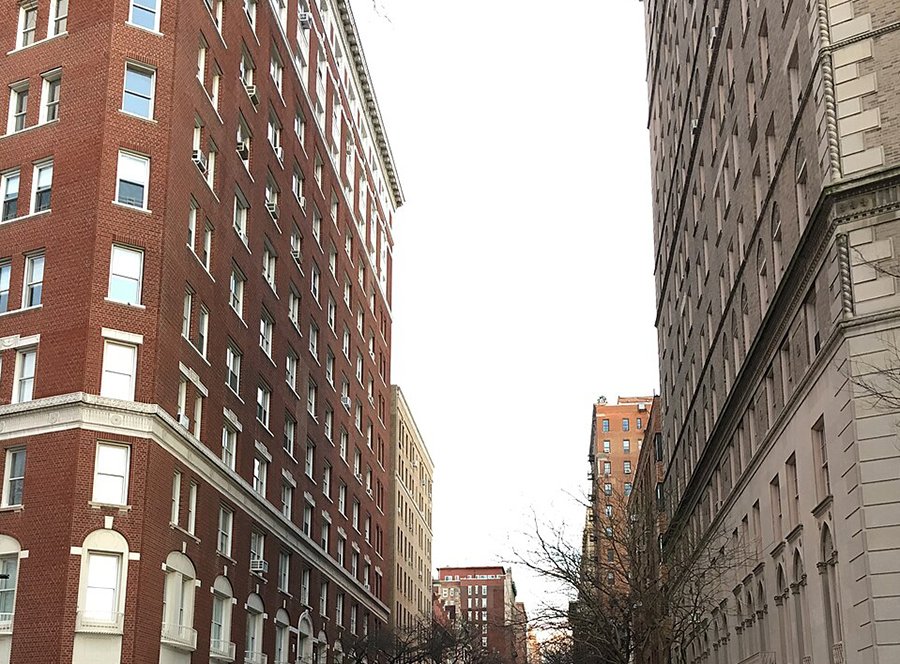читайте также
 How EU countries issue Schengen visas to Russians after the new restrictions
How EU countries issue Schengen visas to Russians after the new restrictions
 Construction sector in Georgia slows down after several years of growth
Construction sector in Georgia slows down after several years of growth
 Rising Tourist Taxes in 2026: Japan, Greece, Thailand, Norway, Venice, and Spain — How Much Will Travelers Pay?
Rising Tourist Taxes in 2026: Japan, Greece, Thailand, Norway, Venice, and Spain — How Much Will Travelers Pay?
 New Rules for Obtaining Montenegro Residency: Thousands of Foreigners Risk Losing Their Status
New Rules for Obtaining Montenegro Residency: Thousands of Foreigners Risk Losing Their Status
 Mortgage rates under Russia’s family housing program may soar to 12%
Mortgage rates under Russia’s family housing program may soar to 12%
 Storm Fung-wong sweeps everything in its path: the Philippines in ruins, Taiwan flooded
Storm Fung-wong sweeps everything in its path: the Philippines in ruins, Taiwan flooded
Deficit of New Construction in Manhattan: 94% Drop on the Upper West Side

Photo:Wikipedia
Only 51 new condominium units are slated for construction on Manhattan’s Upper West Side over the next three years — a 94% decline compared with 2016–2019, reports Bloomberg, citing Corcoran Sunshine Marketing Group. The prestigious neighborhood is already facing an acute shortage of new homes, with strong demand pushing prices up and reducing affordability.
From 2016 to 2019, the Upper West Side added 869 new units, but developers sharply pulled back post-pandemic amid rising costs, complex permitting, and a limited number of sites. As a result, the area has seen the steepest construction decline in Manhattan. Demand remains strong: new-development sales are up 41% year-over-year and the median price has risen 8%. Apartments are selling faster than elsewhere — averaging 76 days on market. More buyers are turning away from older co-ops with strict rules and lengthy board approvals, opting instead for modern buildings that require no additional renovation.
At The Henry on West 84th Street, 70% of units have sold, while the Rockwell on West 103rd is around 86%. On average, new developments in the neighborhood have sold 66% of inventory versus 55% for Manhattan overall. The most affordable option in Extell Development’s new project on West 66th Street is priced at $3.6 million, while the neighborhood’s median resale price is about $1.6 million. With such a gap, the primary market remains out of reach for most residents.
New construction is constrained by a scarcity of sites and strict planning rules. Much of the area falls within historic districts, and the few remaining parcels lie along Broadway. Attempts to build tall towers often meet resistance from locals concerned about the neighborhood’s character. Extell has already faced lawsuits over its projects, including the 69-story 50 W. 66th St., where the penthouse is valued at $85 million. Despite controversy, the developer plans another tower — a 366-meter complex on West 77th Street at the former ABC headquarters site. It would become the tallest building in the area. Company representatives say they are ready to work with the community and include several affordable units. Under current zoning, however, buildings of that height are no longer permitted.
The market is also constrained by a 2019 law limiting the conversion of rental buildings into condominiums. Developers must now sell at least 51% of units to existing tenants, otherwise the conversion cannot proceed. This measure has effectively shut down the option of increasing supply through repurposing older stock.
At today’s interest rates and land prices, only luxury projects are economically viable. According to Corcoran Sunshine President Kelly Mack, bringing a building to market at true entry-level pricing is “almost impossible” right now. Longtime residents see the trend as troubling. “Now you really have to be well-off to live here,” says 70-year-old former teacher Marcia Kaufman, who bought an apartment on West 72nd Street. “For families it’s getting harder: there isn’t much space and the price for what you get is too high.”
While new construction on the Upper West Side is largely stalled due to site scarcity and strict limits, New York City has found another way to ease the housing shortage. In Midtown Manhattan, large-scale office-to-residential conversions are underway. The biggest is the redevelopment of Pfizer’s former East 42nd Street headquarters. Developers Metro Loft and David Werner Real Estate Investments will transform two towers into a residential complex with 1,600 apartments, a rooftop pool, and a fitness center, with completion slated for 2026.
Similar projects are moving forward in Midtown. SL Green Realty is converting the Ernst & Young tower into 600 apartments, and TF Cornerstone is creating a 350-unit building on Third Avenue. In August, the city approved a new Midtown South zoning plan that could enable about 9,500 housing units. According to CBRE, Midtown accounts for more than 60% of Manhattan’s conversion square footage, with total projects exceeding 4 million square feet — more than in all of last year. Metro Loft estimates conversions take roughly 18 months and cost significantly less than ground-up construction.
Interest in conversions has grown thanks to the 467-m tax-incentive program. It fixes property-tax rates for 35 years provided that at least a quarter of units are designated as affordable. Metro Loft managing partner Nathan Berman notes this makes underwriting more predictable and reduces financial risk. The move is timely: the average Manhattan rent reached $4,600 in August, up 8.4% year-over-year, while office vacancy in Q2 hovered around 23%. Office-to-residential conversions won’t eliminate the housing shortage, but they’re one of the few tools that can partially offset the lack of new projects.
Подсказки: New York City, Manhattan, Upper West Side, real estate, new development, condos, conversions, affordability, zoning, Extell





